Derive Mirror Formual

CBSE, JEE, NEET, CUET
Question Bank, Mock Tests, Exam Papers
NCERT Solutions, Sample Papers, Notes, Videos
Posted by Piyush Barde 5 years, 1 month ago
- 1 answers
Related Questions
Posted by Aniket Mahajan 10 months ago
- 0 answers
Posted by Anterpreet Kaur 1 year, 5 months ago
- 0 answers
Posted by Khushbu Otti 1 year, 5 months ago
- 0 answers

myCBSEguide
Trusted by 1 Crore+ Students

Test Generator
Create papers online. It's FREE.

CUET Mock Tests
75,000+ questions to practice only on myCBSEguide app
 myCBSEguide
myCBSEguide

Yogita Ingle 5 years ago
Mirror formula is the relationship between object distance (u), image distance (v), and focal length.

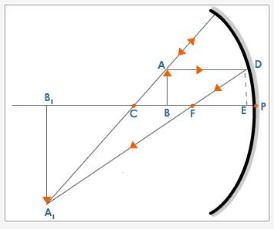
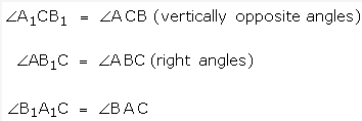

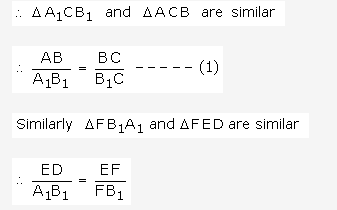


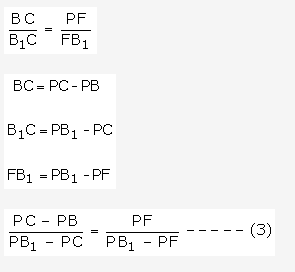
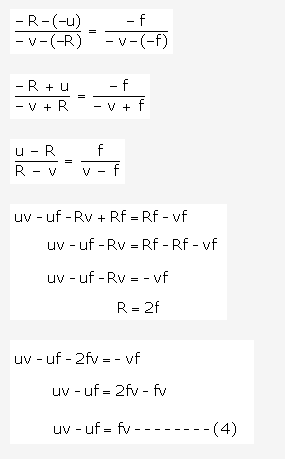
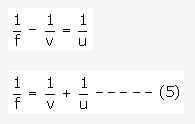
</article>Derivation
The figure shows an object AB at a distance ‘u’ from the pole of a concave mirror. The image A1B1 is formed at a distance ‘v’ from the mirror. The position of the image is obtained by drawing a ray diagram.
Consider the D A1CB1 and D ACB
[when two angles of D A1CB1 and D ACB are equal then the third angle
But ED = AB
From equations (1) and (2)
If D is very close to P then EF = PF
But PC = R, PB = u, PB 1 = v, PF = f
By sign convention
PC = -R, PB = -u, PF = -f and PB 1 = -v
Equation (3) can be written as
Dividing equation (4) throughout by uvf we get
Hence, equation (5) gives the mirror formula.
3Thank You